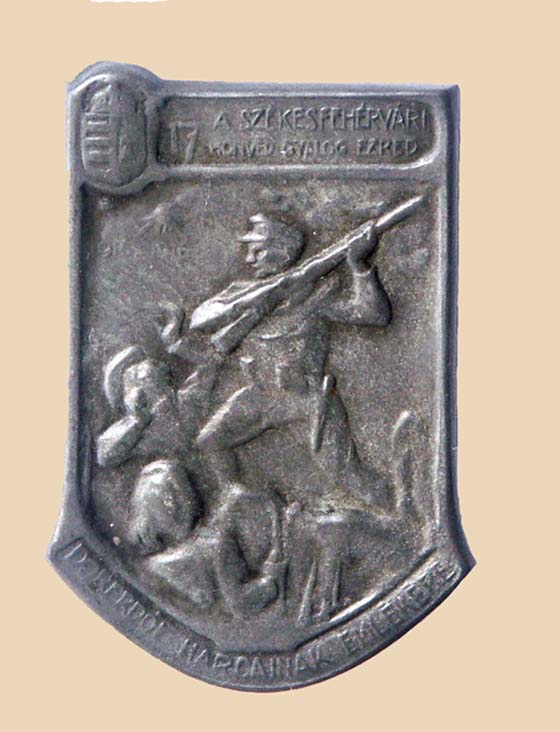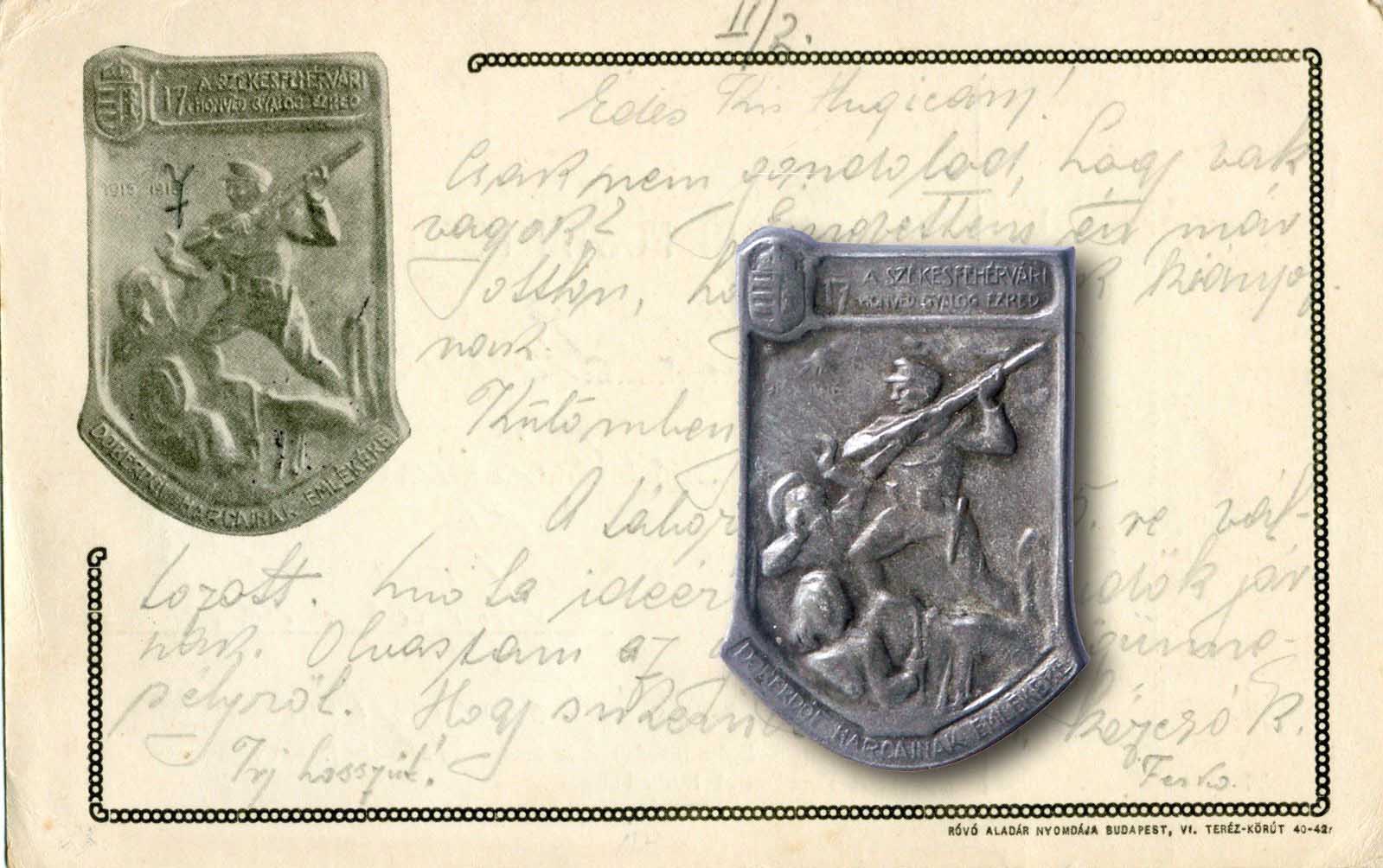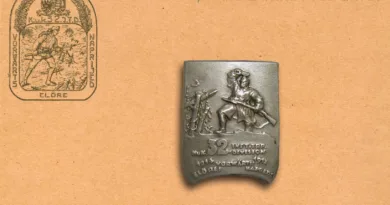17th Honvéd infantry regiment
The Honvéd and Landwehr regiments were considered rather second-line units before the Great War. This was also evident in the fact that when the line-up was sorted, the joint k.u.k. regiments selected first, and those who remained went to the Honvéd and Landwehr regiments. During the war, this distinction disappeared, and the army regiments gained the same reputation as the joint infantry regiments.
The 17th Infantry Regiment recruited from Fejér County. His headquarters were in Székesfehérvár. This was one of the regiments of the legendary 20th Honvéd Infantry Division. Until the spring of 1915, the regiment excelled in the defense of the Carpathians, with the task of closing one of the main Russian lines of attack, the Dukla Pass. After the opening of the Italian front, until August 1916, the division was deployed on the Karst plateau. The exhausted, decimated division then moved to Volhynia. They rested on the relatively quieter Russian front. Then, in the spring of 1917, they were again on the Italian front. Here the division played its part in defending the bloodiest Italian attack, the 11th Battle of Isonzo, in defense of Mt San Gabriele. After the Caporetto breakthrough, they moved to Tyrol, where they took a position in the Mt Tomba district. In the offensive launched by the Monarchy in the summer of 1918, they fought on Mt Tomba and suffered heavy losses.

Two badges of the regiment were made. The first commemorates the battles in the Carpathians, the second the battles of the Karst (Doberdo). The two badges have the same shape, but the badge images are different. The private on the field postcard strikes a bersaglieri with a gun stock. The badge shows the same image. As is seen on the attached picture, most of these badges were prepared of war metal. More rarely, it was also made of tombac. Unfortunately, most war metal badges tend to be in a very worn condition.




